7 Places NOT to Put Carbon Monoxide Alarms
Home » Interior » Alarms: Smoke & CO »
7 Places Not To Put Carbon Monoxide Alarms
Having carbon monoxide (CO) alarms in the wrong place can result in them NOT going off, failing or cause nuisance tripping. Knowing where these locations are could save your life.
With smoke, you can often see it or smell it, but carbon monoxide is odorless, colorless and tasteless which is why it’s called the “The Silent Killer.”
Near gas cooking kitchen appliances
Gas or propane appliances will often cause nuisance tripping if a CO alarm is installed above it or too near the appliance, therefore do not place CO alarms close to cooking appliances like stoves, grills and ovens. Many manufactures often recommend an alarm be installed at least 5 to 15 feet away from a cooking appliance to minimize false alarms when cooking.
In Direct sunlight
Alarms that are placed in direct sunlight may fail to operate properly due to the direct sunlight on the chemical aspect of the alarm or the light sensitivity on the components of the alarm, depending on the type of alarm and the manufacture. It may also shorten the functional life of the alarm, causing it to fail before its intended life expectancy is up.
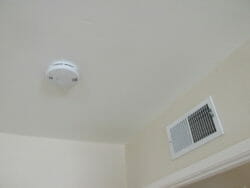
Near Vents, Supply Grills and Registers
Do not place carbon monoxide alarms close to any furnace supply grills or registers as turbulent air may cause the alarm to malfunction.
Additionally, air blowing from heating vents can blow carbon monoxide laden air away from a CO alarm and therefore prevent the alarm from going off.
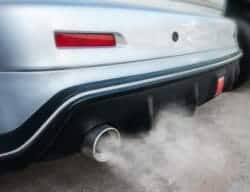
Garages
In homes with attached garages, it is recommended that no CO alarm be installed in the garage, but one be put inside the house AND be within 10 feet of the door leading into the garage. This is because if there were an alarm in the garage, more than likely, it would be a nuisance tripping issue.
One of the reasons for this is that a number of people will idle their car in the garage for a short time or warm it up in the winter for a few minutes or longer before leaving for work or school. Even with the large garage door open there can be a high carbon monoxide build-up, some of which may creep into the house.
Remember – Leaving a car running in a garage can be deadly, especially for small children or pets left in the car, even for a few minutes. (Learn the warning signs or symptoms of pets having carbon monoxide poisoning)
Other reasons for not having a CO alarm in a garage
Garages are often dusty or have substances that may coat or contaminate an alarm’s sensor.
There may be tools, such as saws, drills, grinders, etc. or even a workshop that generates dust or other particles in the air. Additionally, there can be chemicals or other corrosive materials stored that will damage or cause an alarm to fail.
Temperatures may get below 40 or over 100 degrees
Most carbon monoxide alarms are not warranted to operate at temperatures below 40 degrees or over 100 degrees Fahrenheit and may fail when outside the manufactures recommend operating range.
Near or in furnace and water heater closets
Do not place carbon monoxide alarms in gas-fired furnace or water heater closets. This will help reduce nuisance tripping and when some of these appliances startup they will often burp a minor amount of CO that may trip the alarm. Secondly, many manufactures recommend that an alarm be 15 feet, plus or minus, from furnaces or water heaters.
Fans
Generally, you should not place a carbon monoxide alarm closer than 3 feet in a horizontal path from the tip of the blade of a ceiling or suspended (paddle) fan. The issue is that fans create turbulence in the air and may cause a CO alarm to malfunction.
Near windows & exterior doors or behind curtains and drapes

Many manufactures recommend that you do not place CO alarms near openable windows or exterior doors that when opened may cause turbulence in the air. This is recommended because turbulent air can cause an alarm not to function properly.
Another location where an alarm shouldn’t be placed is behind drapes or curtains due to the possibility of turbulence. Also, one should not be placed behind large sofas or cabinets because it may be a dead air space area.
If an alarm was plugged into a wall outlet close to or under a window, the force of a heavy drape blowing against or brushing the alarm may loosen it or disrupt the power to the alarm.
Dead air spaces i.e. wall & ceiling corners
Generally, manufactures recommend that you do not place an alarm in a corner area where two walls meet or a wall and a ceiling meet and will often recommend that there be a minimum of 4 to 6 inches (or more) away from these corner areas.
Bathrooms
Do not put CO alarms in bathrooms, saunas, hot tub, steam rooms or any other rooms that have moist or humid conditions. We have all seen how long hot showers often result in condensation settling on mirrors and fixtures; likewise, the moisture penetrates CO alarms.
Moisture and humidity may damage sensitive components of an alarm, as well as cause the alarm to fail or malfunction.
Not only should you not put these alarms in rooms that experience high humidity or moisture, but you also should not put them in areas directly outside the bathrooms. Be sure to read the manufactures recommend installation instructions.
Unfinished basements
Homes with finished basements should have a CO alarm. This includes basements with a bedroom or a fossil fuel burning device, such as a gas furnace, water heater or gas laundry dryer. If the basement does not have any of these things, then a CO alarm is not typically recommended.

Areas where an alarm may be bumped, jostled or damaged
Avoid placing CO alarms in areas where they may get accidentally hit, bumped or damaged by small children or large pets.
Alarms that get plugged into low wall outlets are the most susceptible to being bumped by kids and pets playing or running about. Occasionally this will loosen or damage an alarm and it may fail to operate.

Fireplaces
Professionals recommend that you do not place a CO alarm above a fireplace or near the sides of a fireplace.
The concern is that there will be nuisance tripping and in a few cases, a smoke or soot build-up may occur on the sensitive components of an alarm that is too close and result in failure.
If you have a fireplace in your home with a damper, make sure that you always open the damper before starting the fire and that you don’t close the damper if the ashes are smoldering or warm. If the damper is closed there will still be carbon monoxide present and since it can’t go up the chimney, it will disperse into the room.
Note that different manufactures may have different installation instructions, including different recommended clearances from kitchen appliances, fireplaces, furnaces, and water heaters. This can be confusing at times because they may give a range of distances, i.e. 5 to 20 feet from a source of CO and they may use verbiage like near, turbulent and dead air spaces, etc., which can be confusing. Secondly, codes and building requirements vary from building jurisdictions.

- Improperly placed carbon monoxide alarms can result in an alarm being damaged, malfunctioning, nuisance tripping or failing to go off, all of which can have deadly results, therefore, it is imperative to read the manufactures recommended installation instructions.
- If your CO alarms are over 5 or 6 years old, then replacing them would be wise. Check the dates on them now.
- Learning the warning signs and symptoms of carbon monoxide poisoning and not ignoring them will help ensure good health for you and your family.
- If you have pets, review the placement of your alarms and learn the symptoms of carbon monoxide poisoning in pets.
- Be proactive and do a safety check of your home for hidden sources of CO before you actually have an alarm go off or become exposed to CO poisoning.
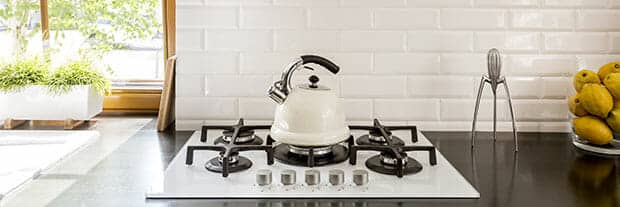

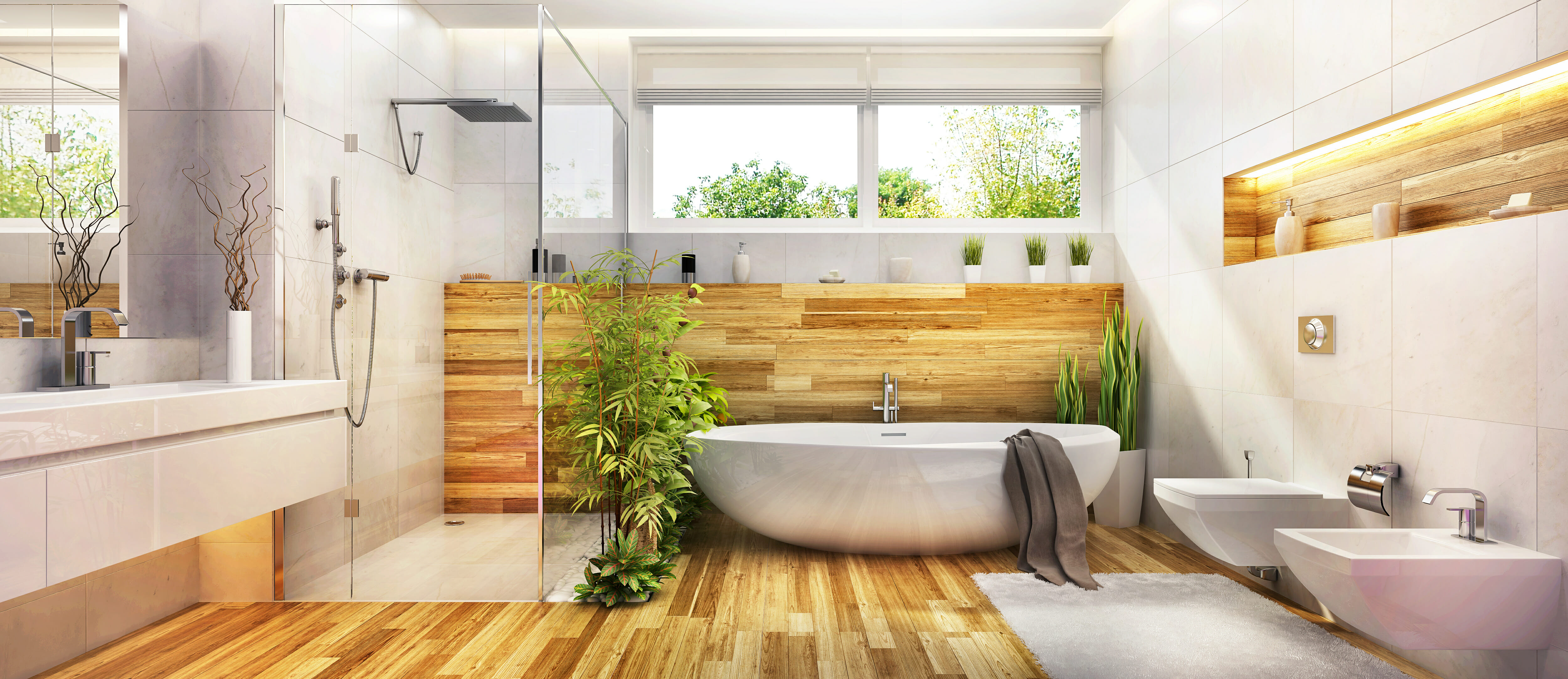

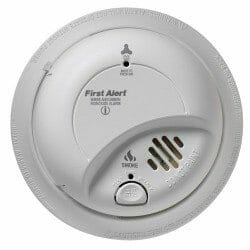

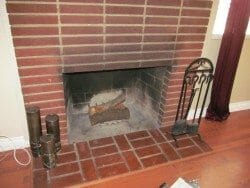
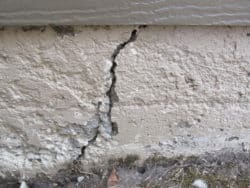


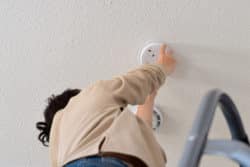


CO detector plugged in “where kids can bump into it”??? CO is lighter than air and detectors belong on the ceiling – hardly a place for kids to be bumping into.
Hi Karl thanks for commenting. This article is about 7 places to NOT put CO alarms so we are recommending to not put them where kids can pump into them! I see you said (CO Victim). Do you mind sharing your story about how you got CO poisoning, what are the long term effects and any other details you have so that others can learn? Thanks you!